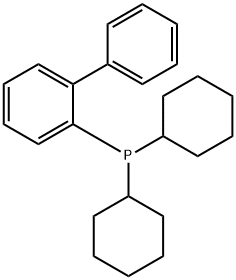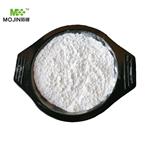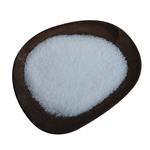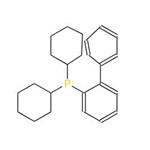- Ligand used in the palladium-catalyzed synthesis of aromatic amines from aryl chlorides, bromides and triflates.
- Ligand employed in Suzuki coupling reactions involving aryl chlorides, bromides and triflates.
- Useful ligand for the Pd-catalyzed oxidation of alcohols in the presence of chlorobenzenes.
- Useful ligand for the Pd-catalyzed amination with ammonia equivalents.
- Ligand for the gold(I)-catalyzed intramolecular [4+2] cycloadditions involving 1,3-enynes and arylalkynes with alkenes.
- Ligand used in the palladium-catalyzed borylation of aryl bromdies.
- Ligand used in the palladium-catalyzed siliylation of aryl chlorides.
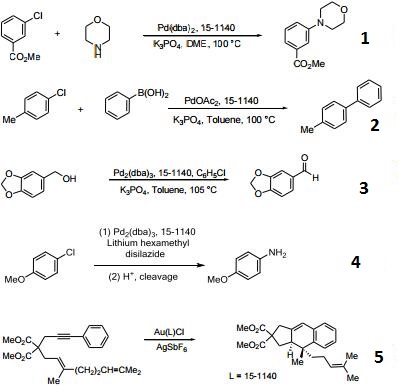
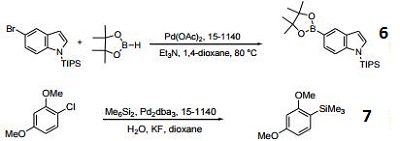
2-(Dicyclohexylphosphino)biphenyl is a ligand for the amination of triflates and aryl halides. Optimal ligand for a novel amination reaction (Buchwald reaction)(2) 2-(Dicyclohexylphosphino)biphenyl, a synthetic chemical compound, has found diverse applications in scientific research. Being a cyclic phosphonate derivative of cyclohexanol, this colourless, odourless, and tasteless solid holds a distinct appeal for laboratory use. In scientific research, 2-(Dicyclohexylphosphino)biphenyl has proven invaluable. It serves as an excellent model compound for delving into protein-ligand interactions, thus aiding in studying small molecule effects on protein folding. Moreover, researchers have utilized 2-(Dicyclohexylphosphino)biphenyl to gain insights into protein structures and unravel the mechanism of action behind various drugs. Additionally, the compound has been a vital tool in assessing how environmental factors influence protein structure and function. The interaction between 2-(Dicyclohexylphosphino)biphenyl and proteins primarily occurs through hydrogen bonding and hydrophobic interactions, resulting in high-affinity and specific protein binding.
white to light yellow crystal powde
Ligand employed in an extremely general method for the Pd-catalyzed synthesis of aromaticamines using aryl chlorides, bromides and triflates.
2-(Dicyclohexylphosphino)biphenyl is used as a catalyst for Suzuki coupling reactions.
CyJohnPhos [(2-Biphenyl)dicyclohexylphosphine] is an air-stable, bulky and electron-rich monodentate biarylphosphine ligand developed by the Buchwald group to enhance the reactivity of palladium catalysis during cross-coupling reactions.
reaction type: Cross Couplings
reagent type: ligand
reaction type: Arylations
reagent type: ligand
reaction type: Buchwald-Hartwig Cross Coupling Reaction
reagent type: ligand
reaction type: C-X Bond Formation
reagent type: ligand
reaction type: Hiyama Coupling
reagent type: ligand
reaction type: Methylations
reagent type: ligand
reaction type: Negishi Coupling
reagent type: ligand
reaction type: Oxidations
reagent type: ligand
reaction type: Suzuki-Miyaura Coupling
